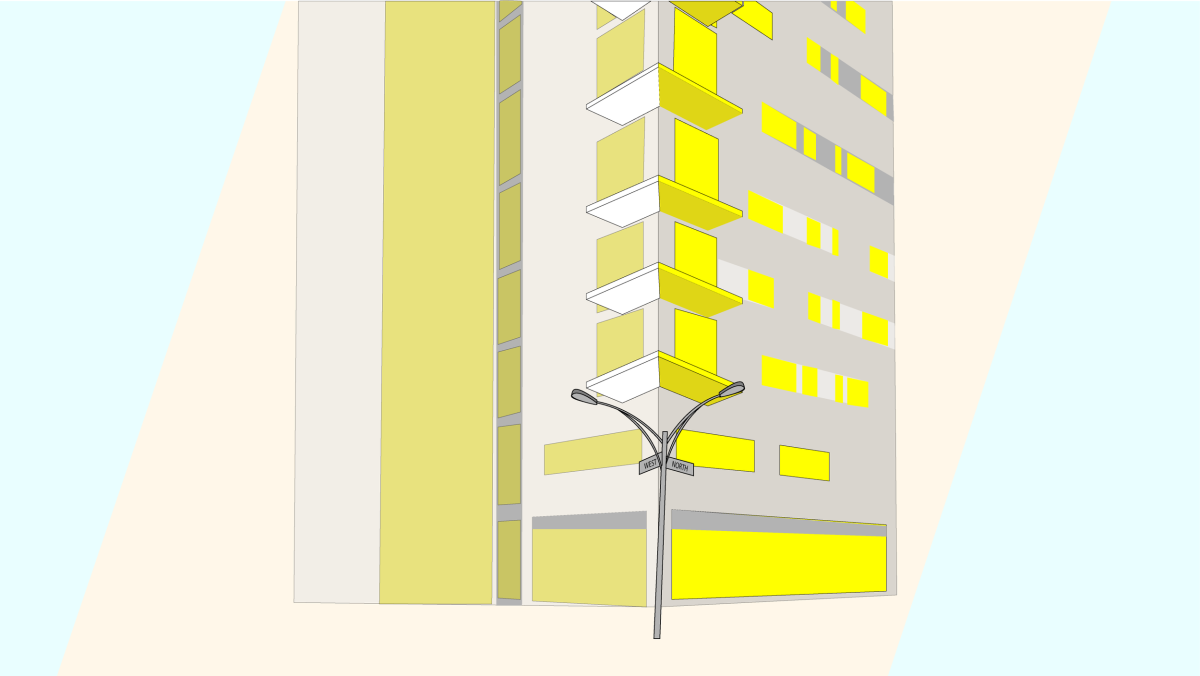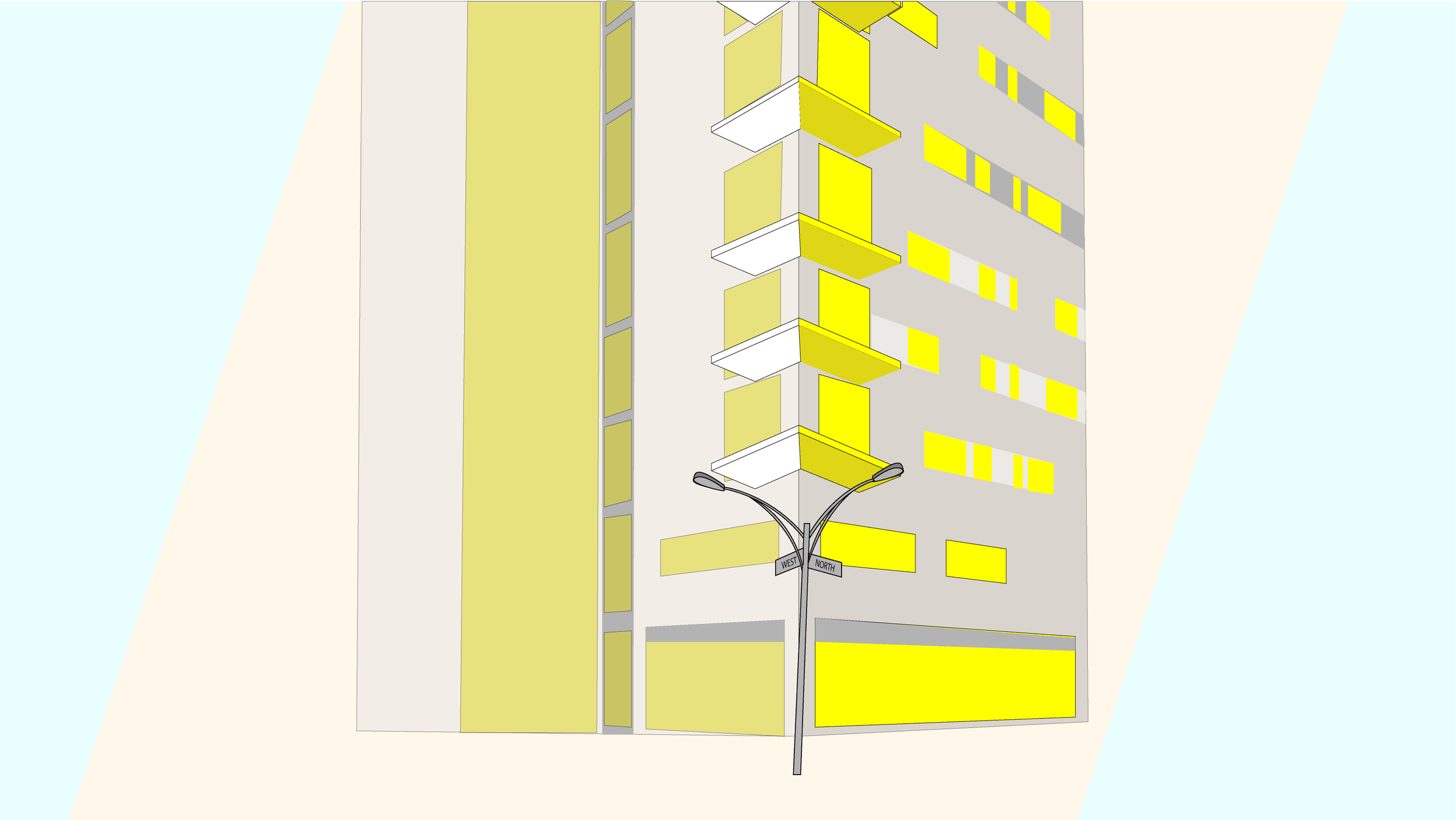ORANGE Magazine sat down with students at the University of Texas at Austin to listen to their views regarding two popular student neighborhoods, and the advantages of life in North Campus, in particular.
Story by Sage Foster
Illustration by Jacob Sepulveda
While both North Campus and West Campus are popular residential destinations for students, West Campus continues to be more widely known as a result of proximity, frequent advertising and word of mouth. Because of this, many of the resources that North Campus has to offer are often overlooked.
Junior math and textiles major and transfer student Onome Amudo spent her first two years at UT Austin in West Campus. She recently signed a lease in North Campus for the remainder of her time at UT. Amudo says that she there are more bus routes to campus from North Campus, making transportation to her classes easier. She also cites the different environment as another reason for moving. “In West Campus, a lot of the apartment buildings all just look the same, and with all the high rises, it began to feel a bit claustrophobic,” Amudo says.
West Campus has been rapidly growing for years in order to accommodate more incoming students. One of its newest additions, Aspen Heights, will rise up to 17 floors and house 464 students when it opens in the fall. This is a stark contrast to the North Campus environment, where housing tends to be more spread out and comprised primarily of houses and low-rise apartment complexes.
Another notable difference between the two residential areas is the social environment. West Campus is colloquially considered to be the “rowdier” of the two, which ends up being an attraction for some and a repellent for others.
Mechanical engineering junior Eli Smith prefers West Campus’ liveliness and excitement to North Campus. “You’re more in the middle of the action,” Smith says. “It’s near where most people I know live. In North Campus, you’re living near an older community, with families, so you have to watch your noise levels a bit more.” Despite his preference for the West Campus way of life, Smith and his current roommate are considering moving to North Campus for their senior year. He says that it is closer to the engineering buildings, and noted the newly renovated residences, which often cause utilities and repairs to be less expensive.
One of the biggest West Campus housing providers is American Campus Communities, which owns residential communities including The Block, 26 West, Callaway House and The Castilian. The company has a history of complaints against it by various students regarding negative conduct and problematic responses to living issues.
Sophomore Roger Ward, who lives at the Block on 28th, discovered black mold in the vent system of his apartment earlier this year. When Ward and his roommates contacted the company, he says management briefly checked the room, but ultimately left, saying there wasn’t any mold. After Ward took photo evidence, the company returned, but cleaned up poorly. “The final time we contacted them, they basically told us it wasn’t their problem,” he says. According to Ward, one of their roommates became ill and was forced to break her lease to move out. Ward and his other roommate now spend as little time at the apartment as possible and are sleeping with the windows open until their lease ends this summer. “You don’t get to see all the problems in these types of places until you live in them,” Ward says.
This is illustrative of a common phenomenon between students and nearby leasing companies, in which students are taken advantage of at higher rates because of their age and other situational factors. While this isn’t a characteristic of West Campus leasing companies alone, some students note more positive experiences elsewhere. Because of a larger amount of independent owners and a lower demand in North Campus, price based on size and quality can be more affordable. “If more students were aware of the neighborhood, I’m sure it would be more popular,” Ward says. “I only learned this year that North Campus was even a housing option.”
Despite the negative experiences some students have in West Campus, many also enjoy living in such a bustling community. As with most topics, both sides of residential life have their pros and cons. North Campus may simply be overlooked as a viable housing option. If there were more awareness about this residential spot, students could make housing decisions from a wider array of choices to ensure that their living space is one in which they are treated well and receiving their dollar’s worth.












































